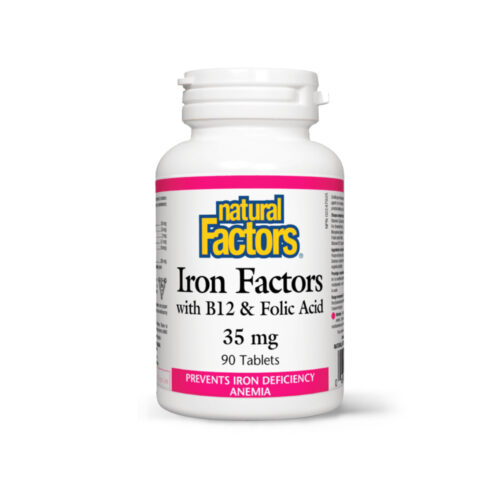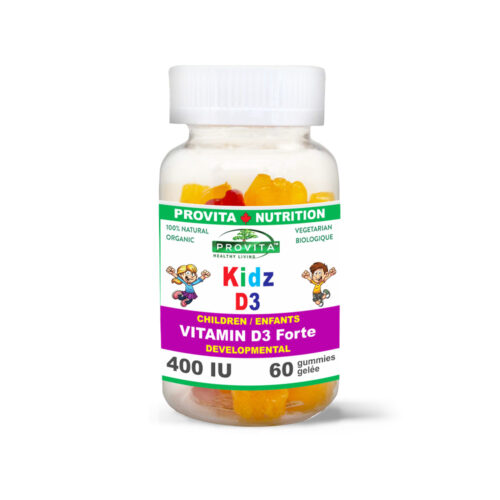Hatásai
- Méregteleníti a szervezetet a szennyező anyagoktól és a nehézfémektől.
- Megnöveli az enzimek aktivitását.
- Szabályozza a hormonok egyensúlyát.
- Modósítja a szénhidrátok anyagcseréjét.
- Fokozza a fehérjék anyagcseréjét.
- Serkenti az immunrendszert.
- Megnöveli az asszimiláció mértéket és a tápanyagok hasznosítását.
- Energizálja a sejteket.
- Meggátolja a vírusok felszívodását és segít ezek eltávolításában a szervezetből.
- Elpuszítja a szervezből a savat a lúgosító hatás segítségével és megnöveli a vér oxigénálásának az arányát.
A megszokott élelmiszerek és táplálék-kiegészitők csak kevés részben tartalmaznak ásványokat, amelyek szükségesek a szervezet helyes működéséhez. Sok ritka ásványi anyag nemcsak, hogy szükséges a szervezetnek, hanem sokszor feltétlenül szükséges.
Ellentétben a hagyományos szervetlen ásványi anyagokkal, a kolloid ásványi anyagok kis méretűek és felfüggesztésben állnak. A szervetlen ásványi anyagok, csak maximum 10%-ban vannak felszívva a szervezet által.
A kolloid ásványok természetes szerves anyagokból vannak kivonva, így természetes módon „kötődnek össze”. A kis molekuláris méreteik és az összekötetés miatt ők 100%-ban bio-felszívódó anyagok.
A Konig-től a Kolloid szerves nyomelemek komplex elektrolitokban és fulvosavban gazdag. A benne található kolloid szilícium-dioxid, egy ásványi anyag, amely szükséges a szöveteknek. Még található benne kálcium (korall eredetű) és C vitamin szingerikus kombinációja. Így létrehozódik egy komplex oligo-érc, ami teljes és hatékony.
Az elektrolitok szükségesek, hogy megkönnyítsék az ásványi anyagok és a tápanyagok szállítását a vérben.
A fulvosav előnyei az egyike a legútóbbi tudományos feltalálásoknak. A fulvosav egy igazi csoda.
A Nobel díjas Alexis Carrel orvos, egy csirkének a szívsejtjeit tette bele egy tartályba, ami oligoásványi anyag, elektrolit és fulvosav oldatot tartalmazott. Sikerült neki életben és egészségesen tartania ezeket a sejteket 28 éven keresztül. Ezek a sejtek nem öregedtek, nem betegedtek és nem haltak meg. Ez a feltalálás megdöbbentette az egész orvostudományt.
A fulvosav egy szuper antioxidáns és jelen van lépésről lépésre a sejtek anyagcseréjében.
A legerősebb természetes ismert elektrolit. Helyreállítja a beteg sejtek elektromos egyensúlyát és semlegesíti rekord idő alatt a mérgező anyagokat. Amikor találkozik a pozítiv vagy a negatív pároztatatlan szabad gyök, feltölti egyenlő és ellentétes töltéssel, így elektromosan semlegesíti és ártalmatlanná teszi.
A fulvosav egy csiszoló és szállító a tápanyagok és a szerves anyagok számára, amelyek szükségesek a sejtek egészségének fenntartásában.

























